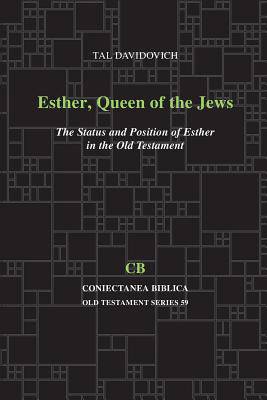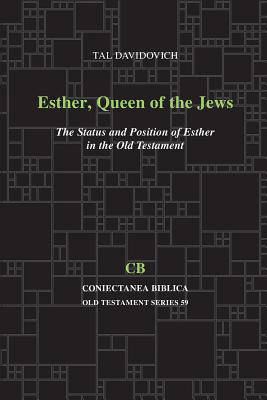
- Retrait gratuit dans votre magasin Club
- 7.000.000 titres dans notre catalogue
- Payer en toute sécurité
- Toujours un magasin près de chez vous
- Retrait gratuit dans votre magasin Club
- 7.000.0000 titres dans notre catalogue
- Payer en toute sécurité
- Toujours un magasin près de chez vous
Description
Though Esther's position as a queen in the Persian court is unquestioned in Jewish thought, the historicity of this datum raises some questions. Scholars have pointed out that Esther, as a Jew, could not have become King Ahasuerus' wife according to a Persian law that allowed Persian kings to marry only women from seven specific noble families. Scholars do agree on the "late" production of the Book of Esther, though they differ concerning the approximate date of its composition.
Nevertheless, in Jewish thought Esther was, is, and will always be regarded as the queen of Persia, an idea based, perhaps, on the need for security and comfort for diaspora Jews, who passed this story on to their children through the generations to give them hope even in their darkest hours. Esther's status in Jewish thought as a Persian queen is based on the contents of the different versions of the Book of Esther and also on the Persian socio-historical background of the events described in the book.
This study includes an introduction, an examination of Esther's character in the Book of Esther, in comparison to other royal women in the OT, and in light of the Resh Galuta, and conclusions. The study follows the evolution of Esther's status inside and outside the royal palace and her power in comparison to other similarly placed women. Whether she was a member of the pilagshim or carried the title of Queen (of the Jews?) is a question of secondary importance. Of more importance is that Esther was indeed Resh Galuta, the one woman in Jewish history who is known to have been the Head of the Diaspora, the formal leader of all the Jews in exile.
Spécifications
Parties prenantes
- Auteur(s) :
- Editeur:
Contenu
- Nombre de pages :
- 164
- Langue:
- Anglais
- Collection :
- Tome:
- n° 59
Caractéristiques
- EAN:
- 9781575068183
- Date de parution :
- 01-01-19
- Format:
- Livre broché
- Format numérique:
- Trade paperback (VS)
- Dimensions :
- 152 mm x 229 mm
- Poids :
- 249 g

Les avis
Nous publions uniquement les avis qui respectent les conditions requises. Consultez nos conditions pour les avis.






